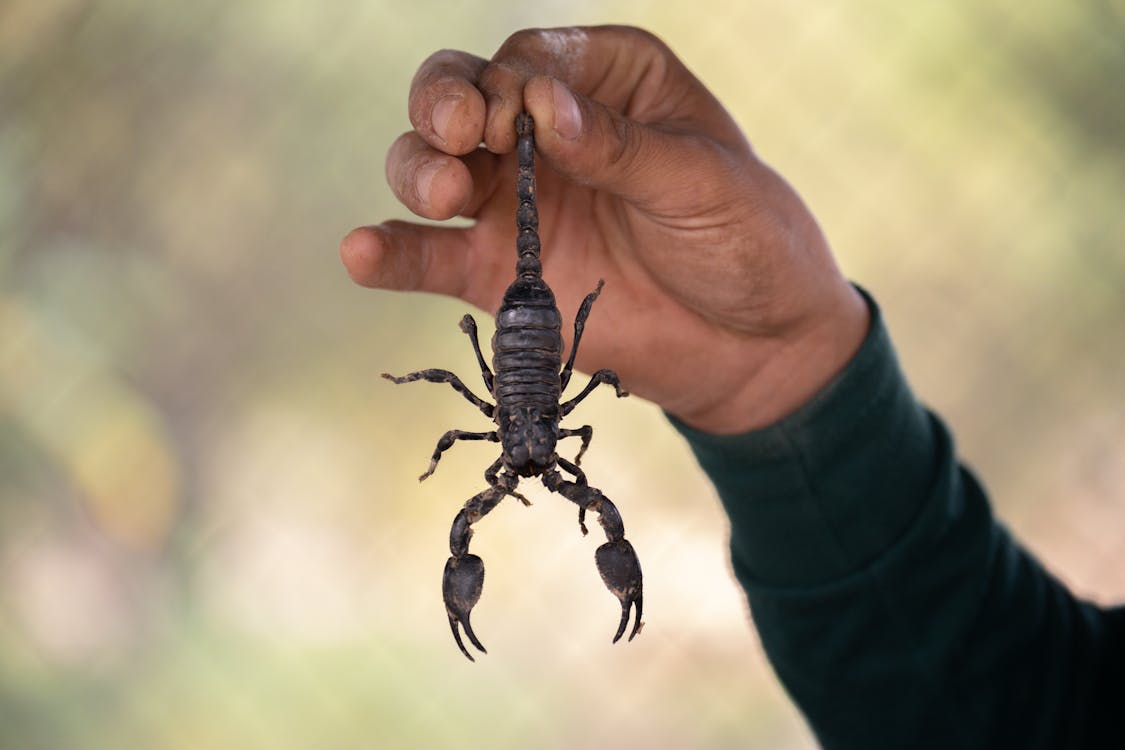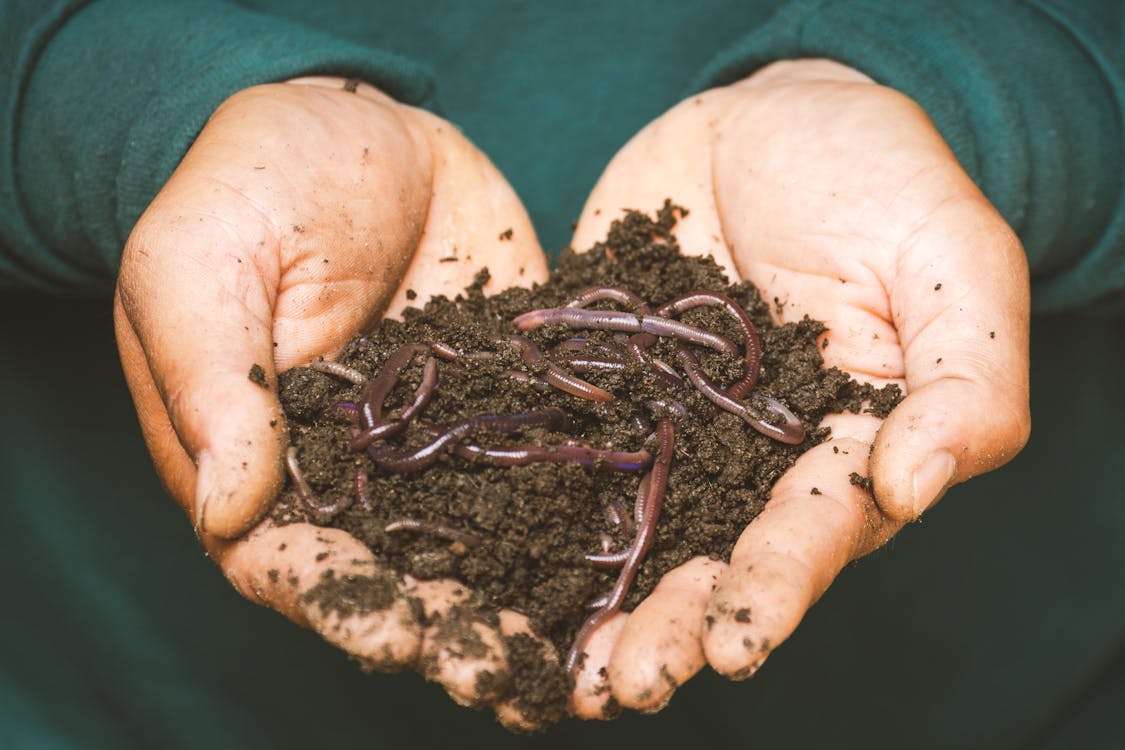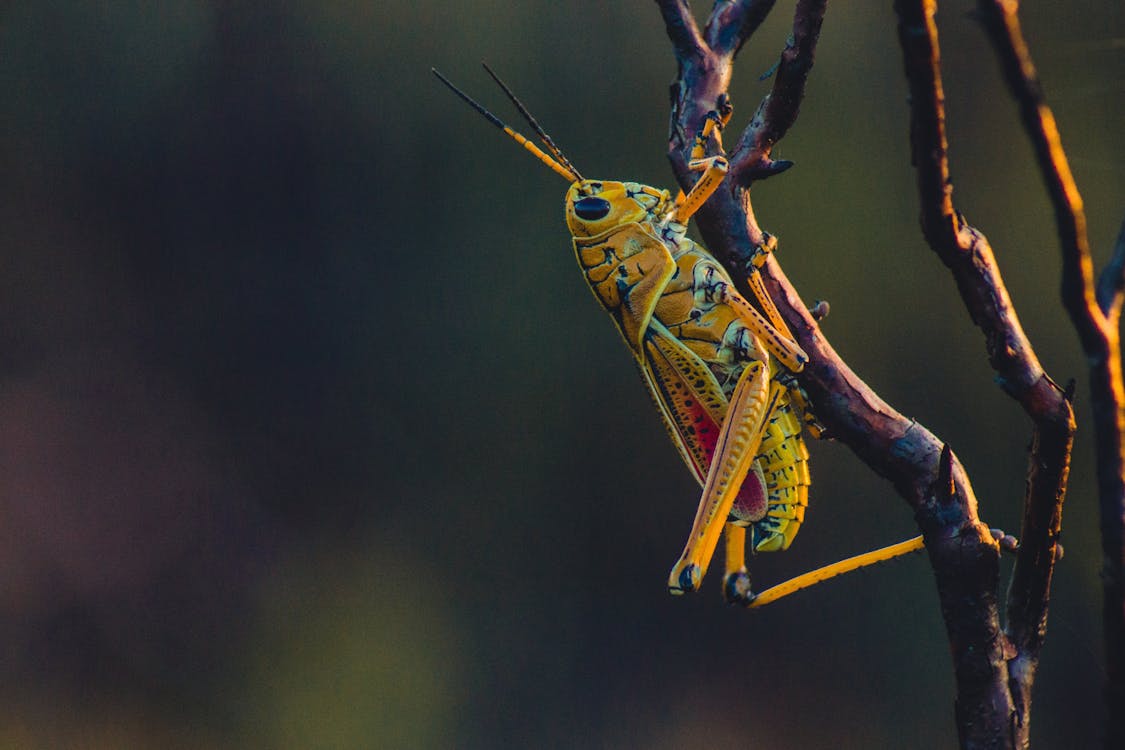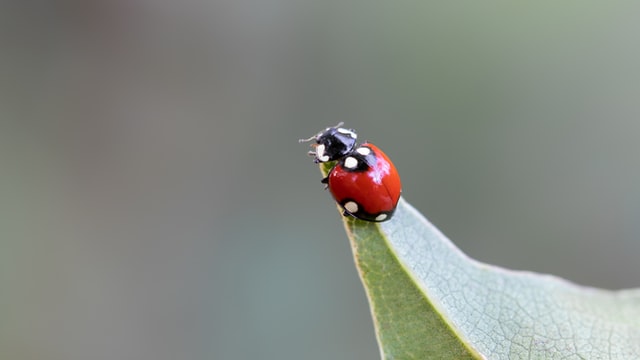If you’re interested in alternative medicine, you’ve probably come across a story or two about how some obscure animal somewhere in the world can cure everything from cancer to baldness. But do these stories have any basis in fact? Can invertebrates really be used to treat human ailments? Here are 10 of the most useful medicinal invertebrates that have been proven by science to have at least some medicinal value.
1) Bee
Contents

Bees have been used in medicinal practices since ancient times. Their venom, which has a high concentration of histamine, is used to treat arthritis and joint pain by blocking overactive immune cells. Bees are also known to alleviate inflammation, stress and fatigue, soothe throat irritations and heal wounds. Honey is sometimes mixed with other ingredients in recipes for cough syrup and other similar concoctions.
2) Centipede
This insect is usually found in forests, but is becoming more common in urban areas due to deforestation. Their venom has long been used as a means to treat bacterial infections such as skin ulcers, bronchitis and infected wounds. There have also been reports of centipede extract being used to treat diabetes; further research into these properties is ongoing. Centipedes can be found around damp or dark areas such as wood piles, drains and leaf litter.
3) Scorpion

As many as 200 species of scorpions are known to be poisonous, but only 30 are actually considered dangerous. The potency and toxicity in different scorpion species varies greatly—with some only causing localized pain or swelling at a sting site, while others can kill a human within half an hour. However, because there is no typical reaction to a scorpion sting among humans, treatment for each one is completely case-by-case.
4) Tarantula
Tarantulas are large, hairy spiders with an intimidating appearance. They have a long body and short legs, as well as pincers on their upper bodies. While these spiders can deliver venomous bites to humans, they rarely do so. Scientists have identified over 900 species of tarantula; they tend to be found in areas that have dry climates and low-oxygen levels.
5) Spider

Spider venom can be used to treat high blood pressure and some heart conditions. It’s also effective in treating rheumatoid arthritis and multiple sclerosis. Spider venom has also been known to help shrink tumors, particularly for those found in lung, breast, colon and prostate cancers. Because spider venom is so potent—its effects are similar to that of morphine—there are many medical professionals who believe it should only be administered by trained physicians.
6) Termites
Termites are ubiquitous throughout Africa and India, as well as across Europe. These tiny creatures pack a powerful medicinal punch. Not only do they have antibacterial properties, but termites also happen to be loaded with calcium—which makes them great for women suffering from osteoporosis and those prone to tooth decay. There’s even evidence that eating termites can combat certain birth defects like spina bifida, although it should be noted that no clinical studies on humans have been performed at present.
7) Worms

Earthworms are often used to treat skin conditions in traditional medicine, as they’re believed to have a soothing effect. They can also relieve allergies and asthma attacks, and are said to help relieve menstrual cramps, abdominal pain and colds. To use earthworms medicinally, boil them for at least 10 minutes before dropping them into a bathtub filled with hot water—leaving them there overnight so they can infuse their beneficial compounds into your tubwater!
8) Earthworm
Earthworms don’t only have medicinal value, they are also great for your garden. They aerate soil, as well as break down and add valuable nutrients to it. Many health food enthusiasts consume earthworms in capsule form, which is thought to help with anemia. Some cultures even think that keeping a live earthworm in their ear will cure an earache (if you choose to try that at home – do so cautiously). If you’re feeling nauseous, try eating some raw earthworms!
9) Grasshopper

This tiny insect, which is found worldwide and in almost every habitat, is quite common in traditional Chinese medicine. Grasshoppers are sometimes boiled alive and sold to unsuspecting buyers at street markets as an inexpensive cure for swollen joints or arthritis. Although grasshoppers have a reputation for relieving joint pain, there’s no evidence that they’re any more effective than a placebo when it comes to reducing inflammation.
10) Wolf spider
Wolf spiders have a range of medicinal uses. One species has been used for pain relief, and another is used to treat inflammation and wounds. Wolf spiders produce a mild toxin (dubbed wolfspider toxin) that acts as an anti-inflammatory, analgesic, antipyretic (fever reducer), and antibacterial agent in mice; their venom also possesses hemolytic activity.



GIPHY App Key not set. Please check settings